
Culture
10:59, 23-Sep-2017
Qiu Fen: Golden autumn, a time for harvest and feast
By Ai Yan
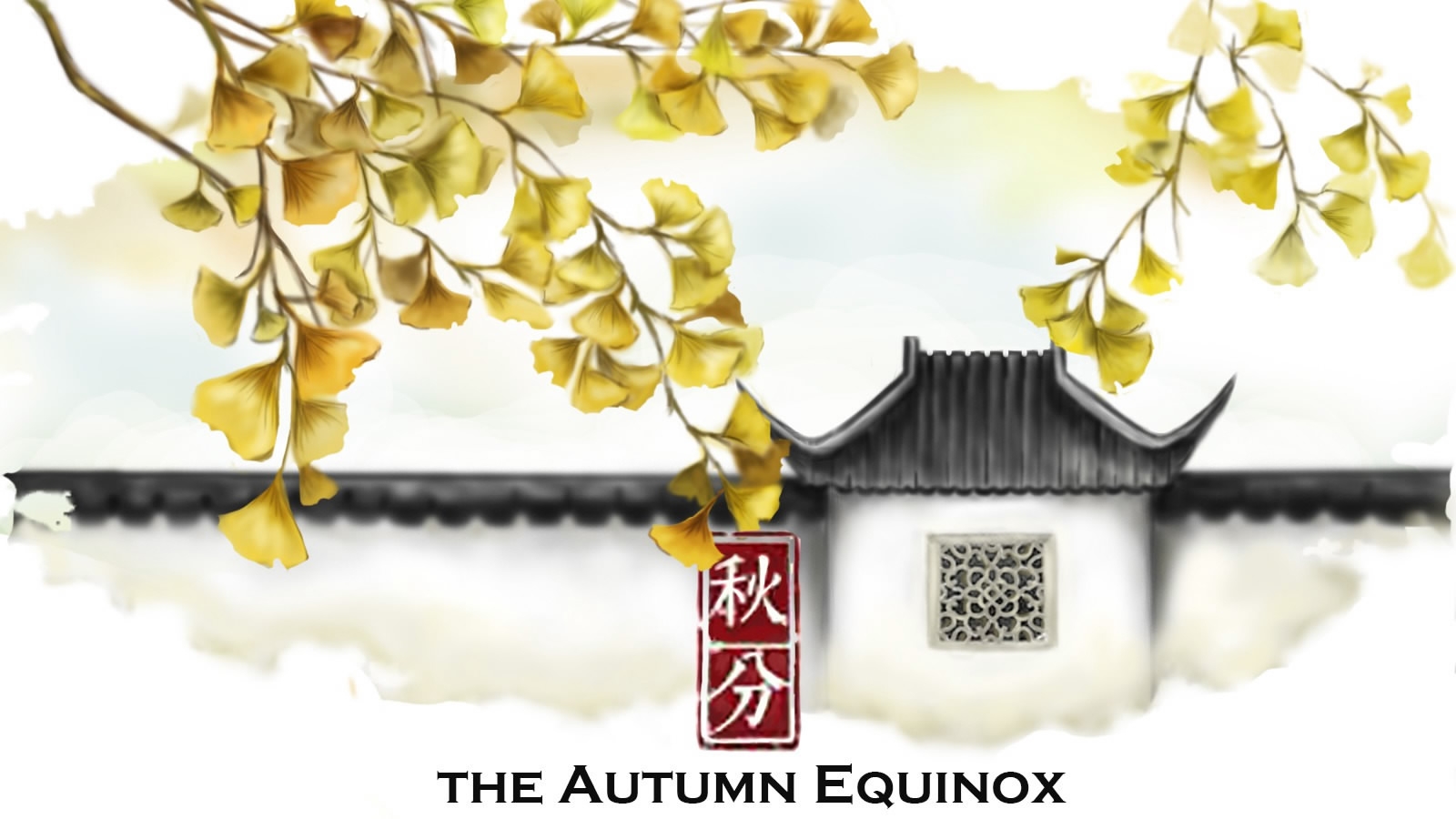
Driven by the winds and rains, half of the autumn has already passed as Qiu Fen, or the Autumnal Equinox, ushers us into the remaining half of the season before the dreaded winter sets in.
This year, autumn began on August 7 and is expected to end by October 6, according to the Chinese lunar calendar.
Qiu Fen, which marks the 16th of the 24 solar terms and divides the autumn into two halves, falls on Saturday this year. It is the occasion when night and day are almost equal in length for the second time in a year, after Vernal Equinox, or Chun Fen, which occurs around March 20.
In the following days, as the nights grow longer and the days turn shorter, flora and fauna across China will begin to wither away. According to old Chinese wisdom, this is the period when “thunders begin to soften, insects start making nests and water begins to dry up."
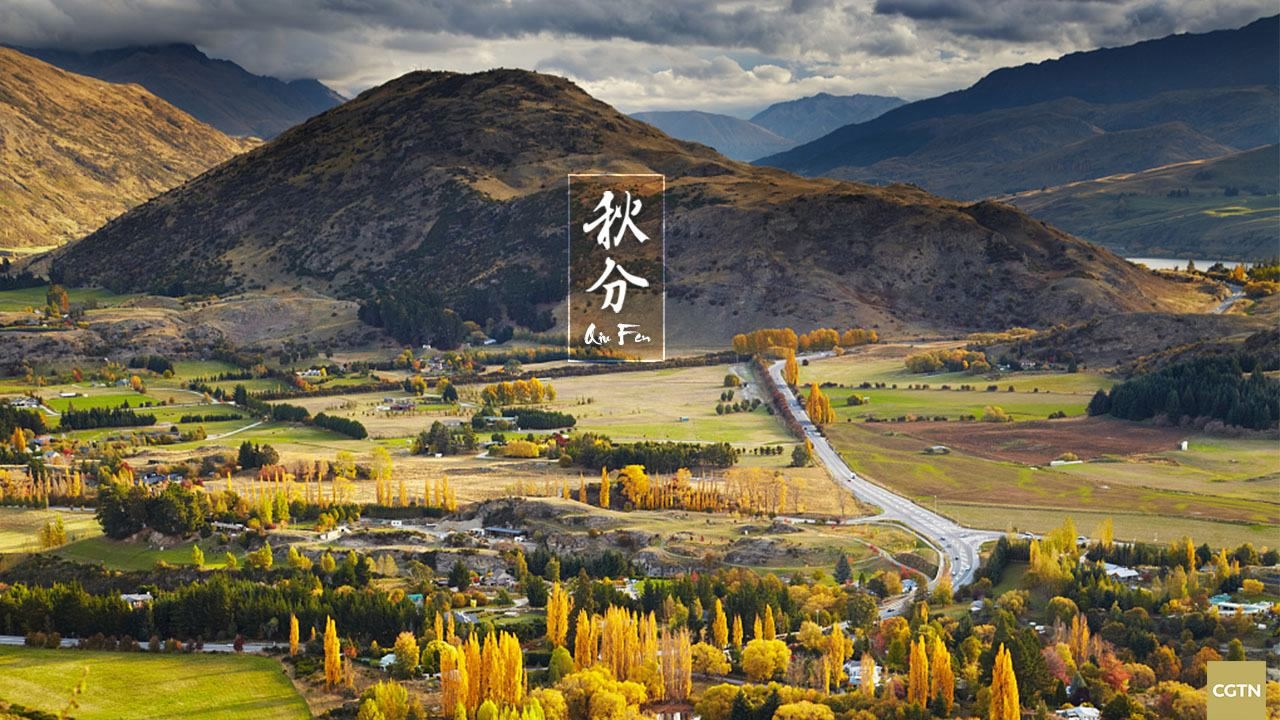
CGTN Photo
CGTN Photo
Qiu Fen sets in the last days of autumn which is a time for all living beings to prepare their cozy shelters ahead of the chilly winter nights.
Golden hue in farmlands
Autumn is also one of the busiest periods for farmers, who have traditionally been guided by the 24 solar terms for their agricultural activities. The practice continues even today.
This is when harvesting, plowing and planting are underway at the same time in farmlands. In northern China, it is considered the best time to harvest cottons for instance. It is also a crucial time to plant winter wheat.

CGTN Photo
CGTN Photo
In the south, farmers usually harvest rice during the season while at the same time plow the fields on sunny days, to get them ready for rapeseed plantation. They need to pay extra attention to irrigation, as rainy days are far and few in between.
Excessive or lack of rain during the season could both lead to disastrous consequences for the crops.
Golden color - the color of harvest - adorn most Chinese villages during this time, as farmers bask grains, corns and other crops on their farmlands and courtyards.
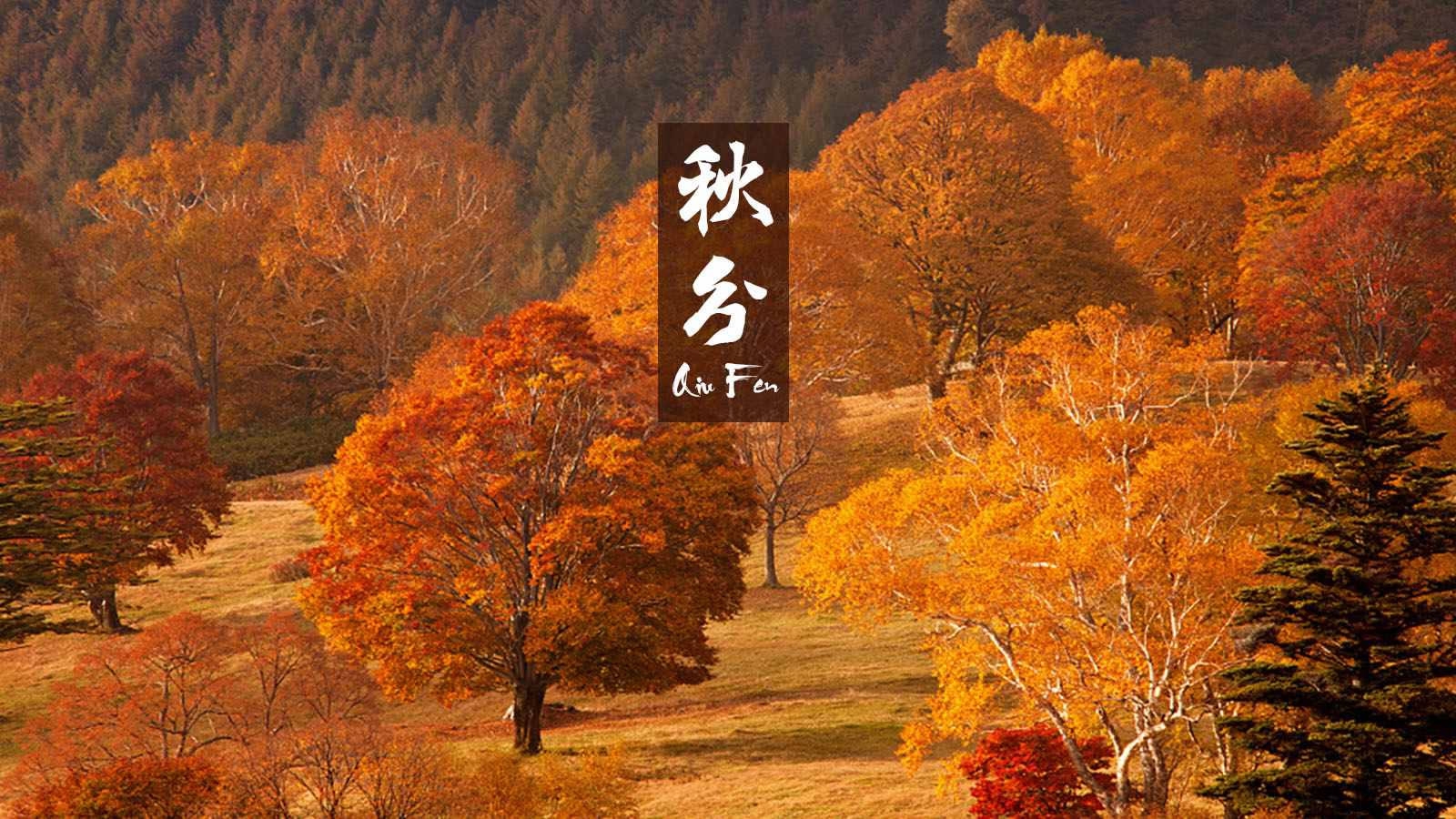
CGTN Photo
CGTN Photo
Ancient festival and rituals
In ancient times, Qiu Fen was marked as an important festival - the day to worship the moon. It is believed to be the origin of the Mid-Autumn Festival.
According to historic records, the Chinese monarchs had the ritual of worshiping the sun, the moon, the earth and the heaven respectively in the four seasons as early as the Zhou Dynasty (1046 BCE-256 BCE).
Even today, there are many ancient pavilions, altars and buildings named after these rituals.
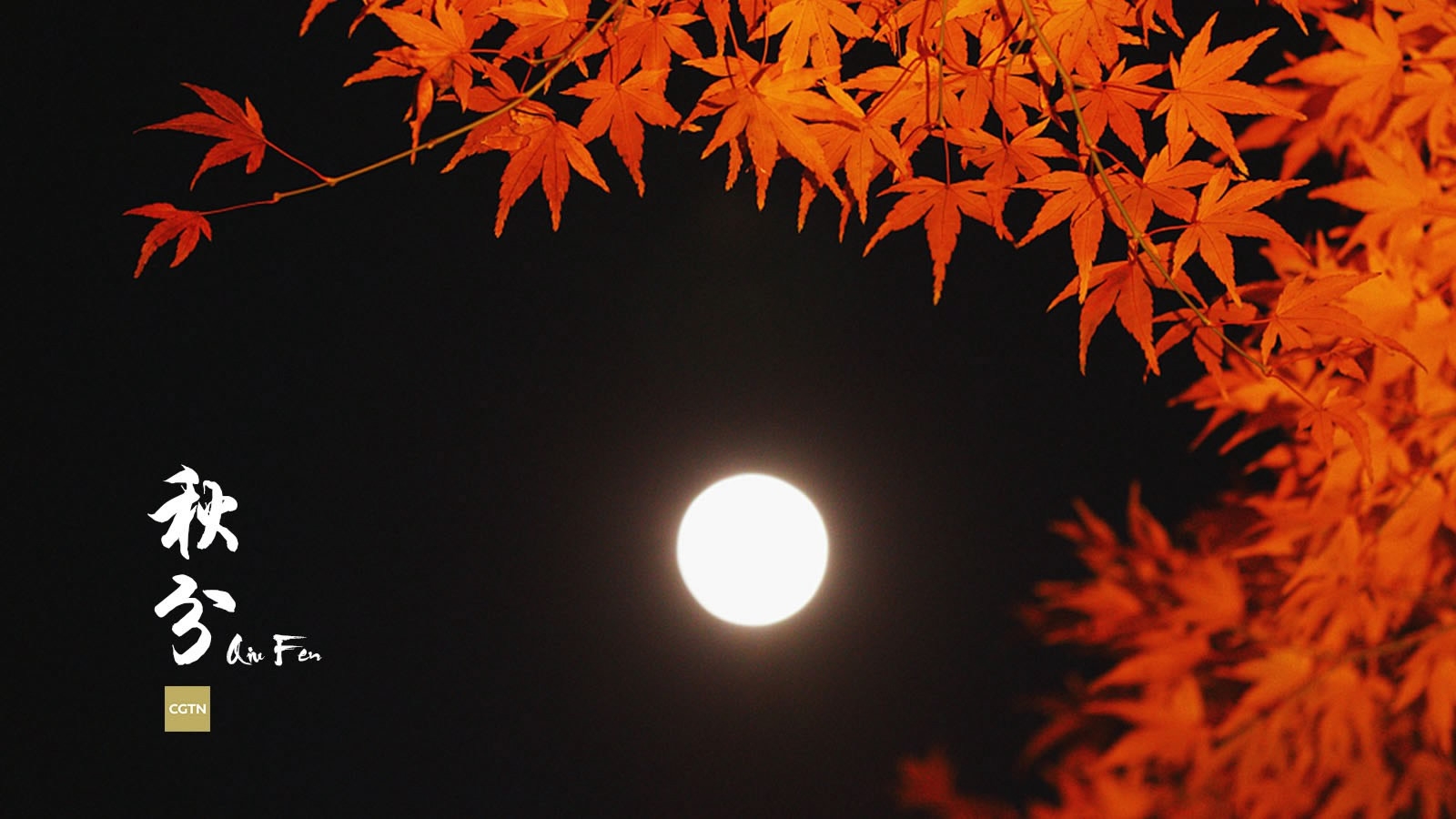
CGTN Photo
CGTN Photo
These days, during the Mid-Autumn Festival, which usually falls around Qiu Fen, Chinese people gather with families and friends, while admiring the moon and feasting on seasonal fruits and the famous mooncakes.
In recent years, as many people seek to resume ancient traditions, they have also revived the moon-worshiping ceremony. The festive ceremony involves putting on traditional clothes, offering fruits and deserts, as well as burning incenses.
In the past, there was a tradition of Chinese folk singers visiting various neighborhoods and gifting paintings of cattle at each house, as they sang auspicious songs praying for a good harvest. Once satisfied with their performances, the heads of the households would pay the singers in cash and kind.
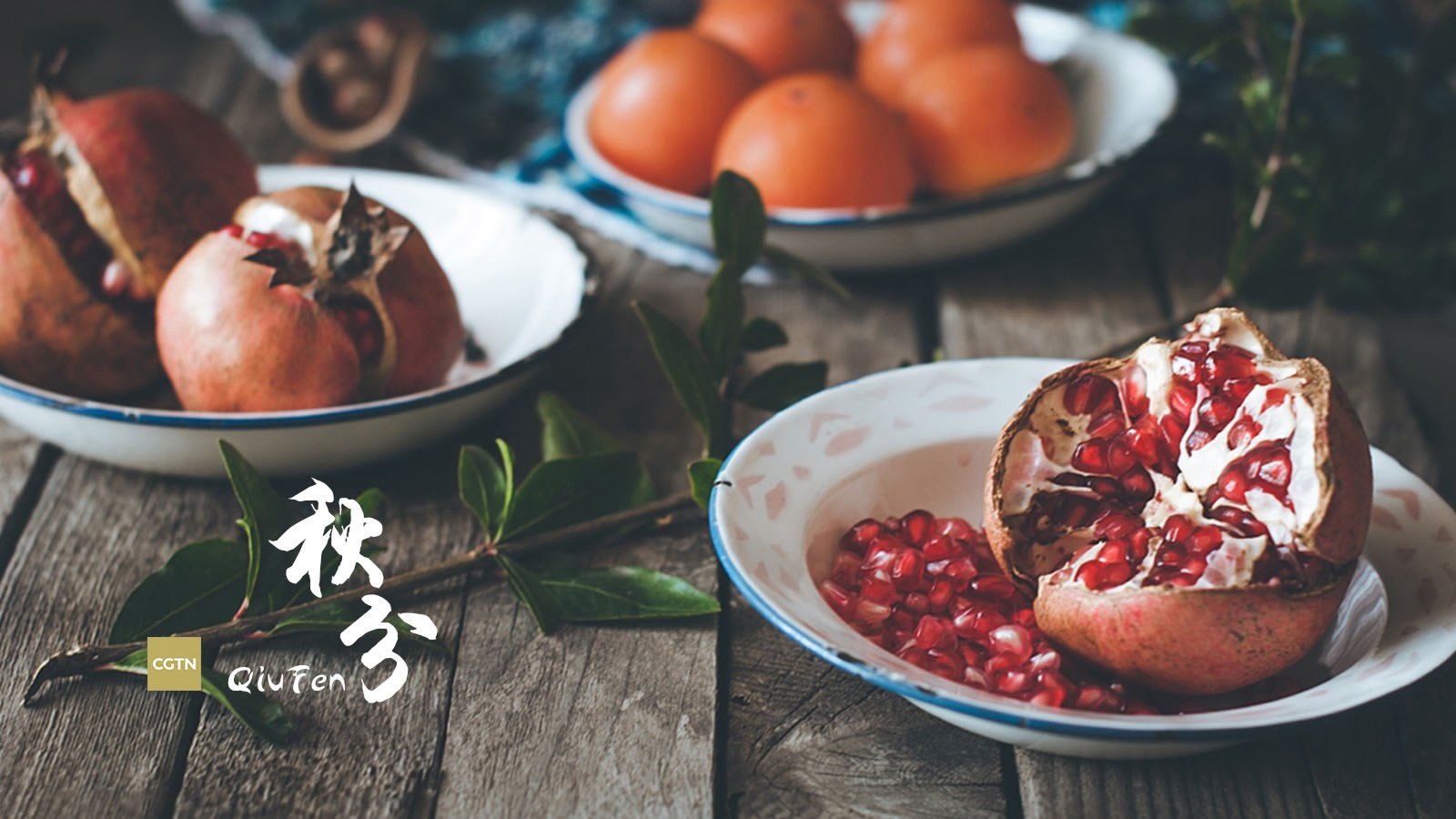
CGTN Photo
CGTN Photo
For the children, the day of Qiu Fen and thereafter may bring in merriment. Promised with azure sky and cooler weather, it is a good season for children to play outdoors with their friends. Flying kites and holding egg erecting contests during this time have been among the favorite traditional games for the kids.
Delicious feasts await
A good harvest in the fields would naturally result into feasting on delicacies on the tables. Crab feast is one of the most sough-after food events during the season.
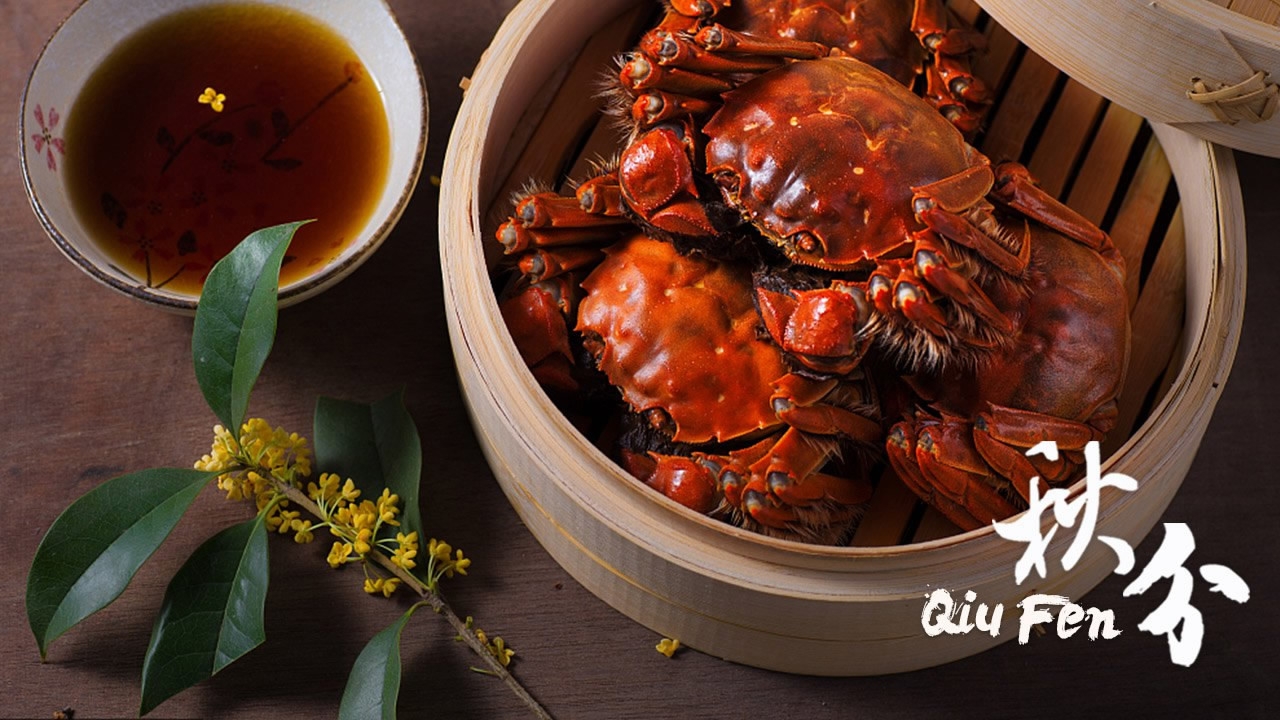
CGTN Photo
CGTN Photo
Advertisements with photos of hairy crab, especially the most cherished ones from the Yangcheng Lake, are extremely common just days before the festival. This is the season when crab meat is most fleshy and delicious, and the crab-spawn is also the fattest.
There are hundreds of ways of cooking crabs. You've drunk crabs with alcohol, sauce crabs, fried crabs with chili and spicy sauces and many more, each offering a range of flavors. However, steamed crabs remain the most preferred way for many Chinese. With a plate of gingered vinegar, a delicious course could be served within minutes.
Besides crabs, there are other delicacies to be tried during this festive season. In the south, local residents have maintained a habit of cooking the “soup of autumn” on Qiu Fen. They pick up wild edible amaranth and boil it with sliced fish. It is believed that the soup would help clean internal organs and keep people healthy.
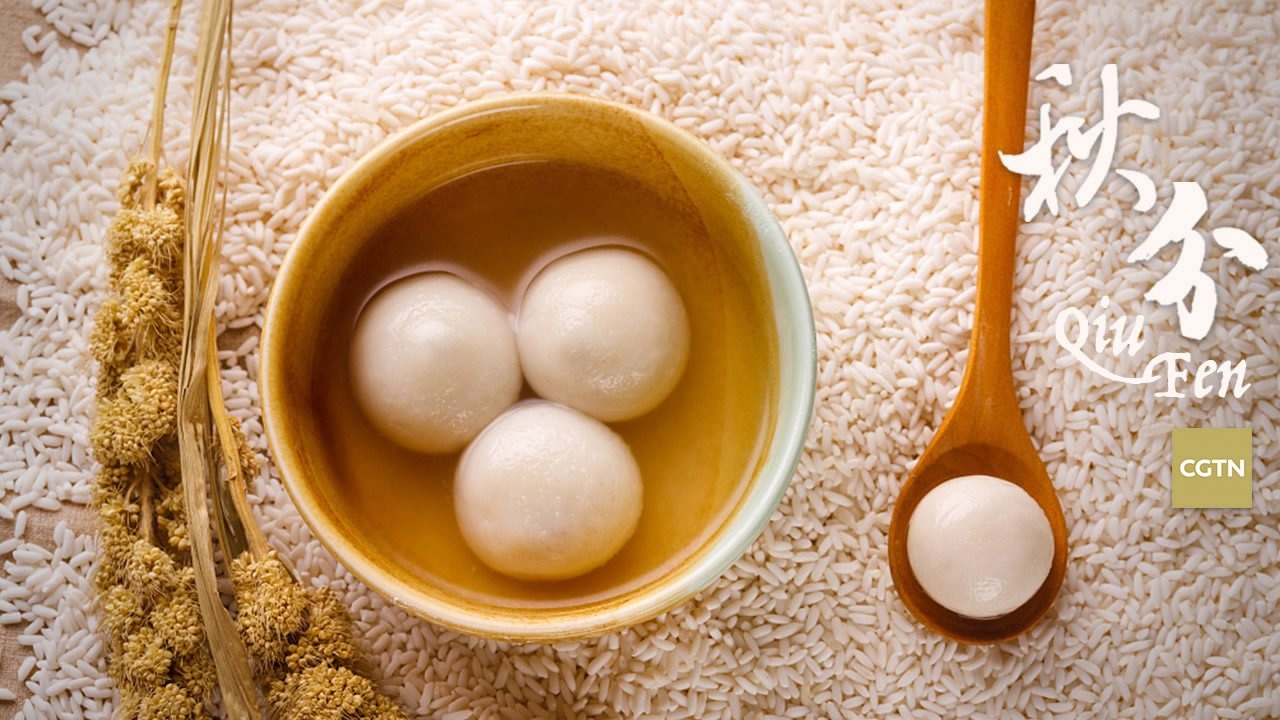
CGTN Photo
CGTN Photo
The rice dumpling, or Tangyuan, is a popular dessert during Qiu Fen. Made of sticky rice, it is believed that by putting some of them in the fields, it could help in gluing the beaks of the sparrows, and therefore prevent them from eating the crops that have been waiting for harvest.
But since the dumplings are sticky and not easy to digest, it is advised that people do not eat too many of them.
The pleasant weather and flamboyant colors of the autumn have also inspired Chinese literary masters over the ages. In a way, there's much to harvest for the creative minds too, such as poets and essayists.
The following piece is composed by a poet from the Tang Dynasty, depicting a scene during autumn in an ancient palace. Though it portrays a court maid, the autumn is not all about loneliness.

CGTN Photo
CGTN Photo
5km
Top Image by CGTN's designer Ma Xiaonan

SITEMAP
Copyright © 2018 CGTN. Beijing ICP prepared NO.16065310-3
Copyright © 2018 CGTN. Beijing ICP prepared NO.16065310-3